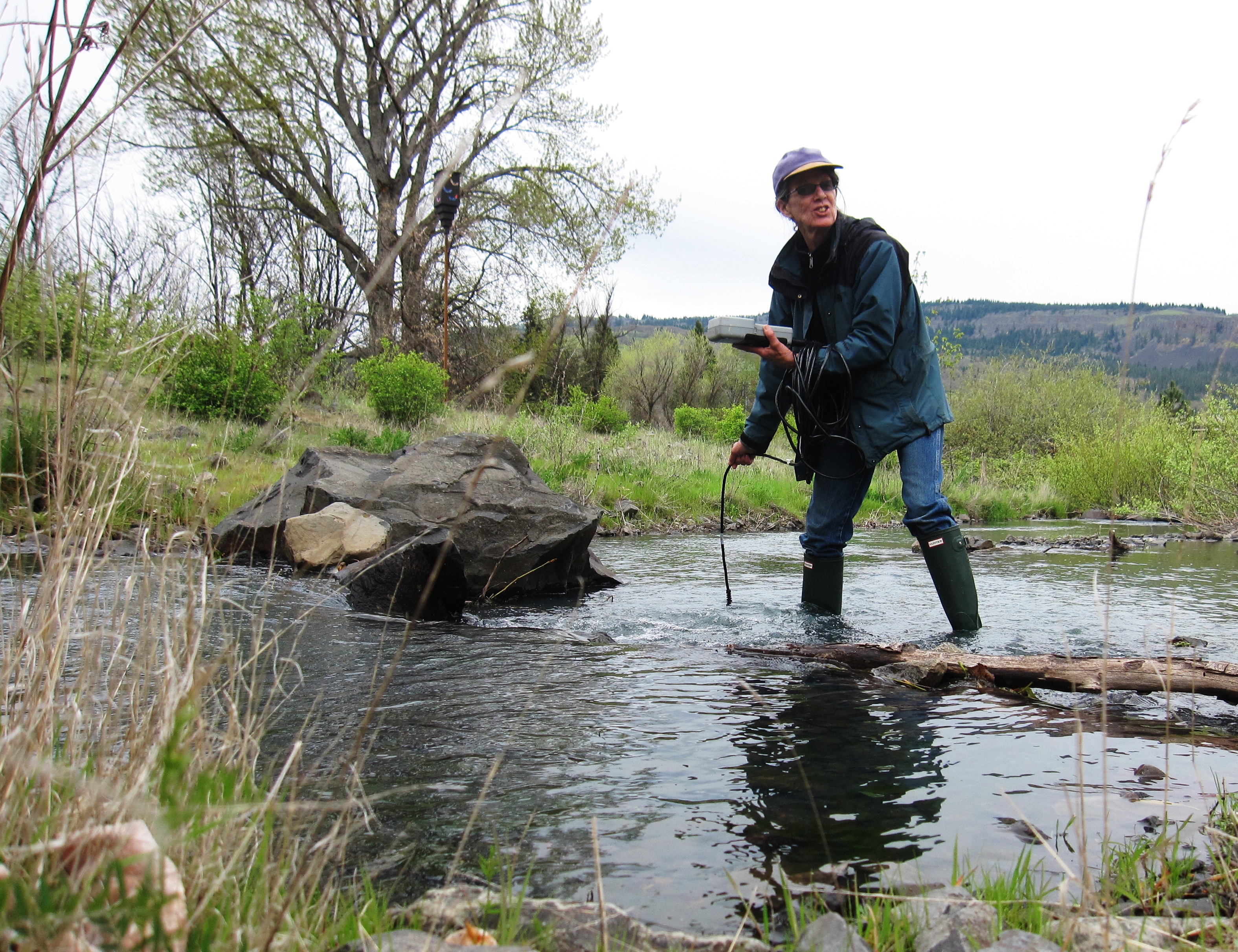 |
| ARC Governors' Quorum meeting in DC. |
One of the major forces in the positive changes that have come to the area is the APPALACHIAN REGIONAL COMMISSION (ARC), which was established in 1965 through an act of Congress, and which combines federal, state, and local governments in a common partnership. The Commission supports activities in five areas - economic opportunities, a ready workforce, critical infrastructure, natural and cultural assets, and leadership and community capacity.
One of the areas in which ARC has been active has been in "gateway" communities, those communities that sit at the border of the Appalachian region. In a sense these communities act as gateways, or places of entry, for those who travel to, and through, the area. In partnership with the Conservation Fund and National Endowment for the Arts, ARC has been helping these communities develop tourism, the arts, and other types of economic development.
In pursuit of this initiative, ARC and its partners have offered technical assistance, assessments pertaining to community tourism, workshops to help with tourism planning, and small grants for implementation projects. The entire effort has come to be the APPALACHIAN GATEWAY COMMUNITIES INITIATIVE (AGCI). In total, it has involved 1,000 communities and 100 counties. Not only has it worked in the communities; it also involves conservation of bordering national and state forests and parks.
One example involves the community of Tracy City, TN. Officials and representatives started out by attending an AGCI workshop that provided key information to connect the Mountain Goat Trail and other trails as part of the community and develop a community park, complete with a gathering space. Because of the workshop, Tracy City was able to enhance their trail system with aspects of nature, culture, the arts, and active living.
 |
| A map of Mountain Goat Trail with Tracy City's downtown project route. |
 |
| Some of the participants at the Appalachia Health Investment Design Forum, including Kentucky ARC alternate, Sandy Dunahoo, center. |
Click Here: A LIFETIME OF HOMEWORK































